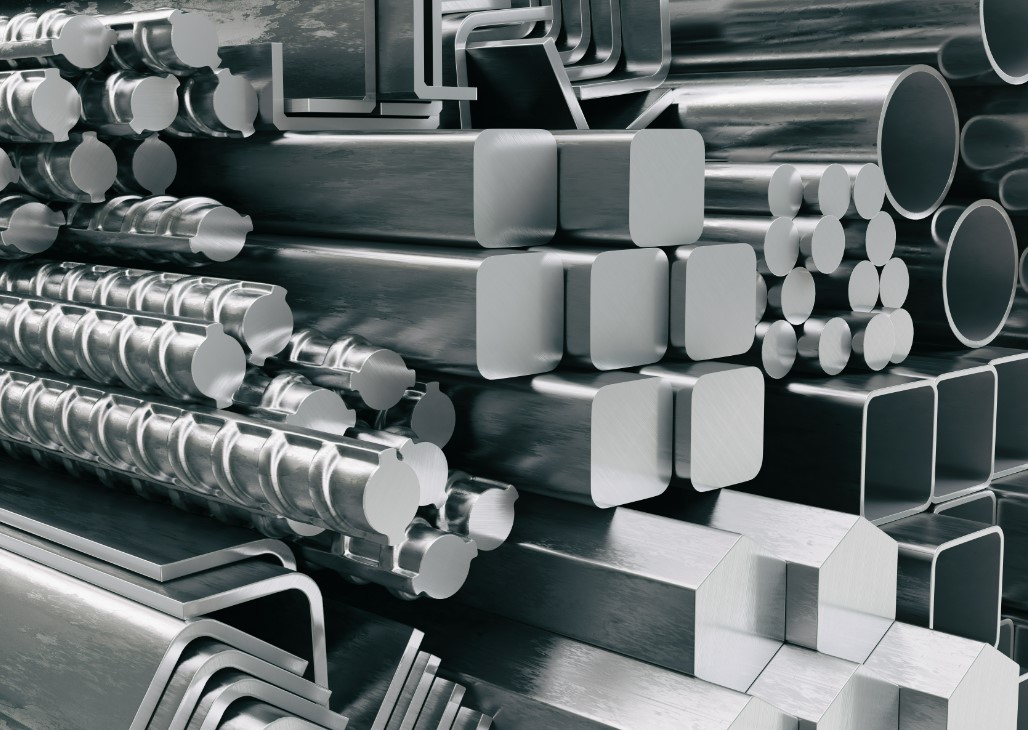Introduction
China’s aluminum industry, a critical component of the global metal market, has undergone significant changes in recent years. As of October 2023, China’s aluminum production reached 3.641 million metric tons, reflecting a notable year-on-year increase of 6.7%. This increase plays a significant role in the global aluminum market, as China is one of the largest producers of aluminum worldwide. The surge in production has contributed to an uptick in primary aluminum output globally, with data from the International Aluminum Institute indicating a 3.9% year-on-year rise to 6.116 million tonnes. This development in China’s aluminum production is not only pivotal to the country’s economic growth but also has far-reaching implications for the global aluminum market, influencing prices, supply chains, and trade dynamics.
Market Shifts and New Paradigms
The global aluminum industry is witnessing a new paradigm, particularly with China capping its primary aluminum output at 45 million metric tons per year. This decision marks a significant departure from China’s previous expansion strategy in the aluminum sector. Over the past 20 years, China’s relentless expansion in aluminum production has created an oversupplied market environment, exerting downward pressure on global prices. However, the current production cap demonstrates China’s commitment to environmental and power supply concerns. This shift is likely to bring a greater focus to the fundamentals of the Western world’s aluminum market, as China’s dominance in supply growth is expected to stabilize. The market now anticipates a more balanced global supply and demand scenario, with implications for pricing and investment in the aluminum industry.
Impacts of Global Events
In addition to internal policy changes, global events significantly impact China’s aluminum market. The ongoing tensions between Russia and Ukraine, for instance, have introduced a new layer of uncertainty in the aluminum space. Market players are increasingly seeking coverage in aluminum due to potential escalations in the conflict. Concerns over the possibility of sanctions and the resulting implications on energy trade, particularly natural gas, are influencing aluminum prices. Aluminum, being an energy-intensive commodity, is sensitive to changes in energy markets. Europe’s reduced natural gas supply from Russia, amidst these tensions, poses a considerable risk to the aluminum industry. This scenario underscores the intertwined nature of global political events and commodity markets, with China’s aluminum industry being no exception.
Legislative and Political Influences
The aluminum industry, particularly in relation to China, is significantly influenced by legislative and political factors, especially from the United States. The current US administration and Congress are re-evaluating competition, industrial policy, and environmental, social, and equity principles, which directly impact trade and industry practices. These changes are prompting companies to adapt and rethink their strategies, especially in relation to the aluminum trade with China. Bilateral negotiations and trade agreements, along with supply chain and labor shortages, inflation concerns, and the push to decouple from China, are shaping the aluminum industry’s landscape. This environment of volatility and disruption is becoming the new norm, necessitating agile and forward-thinking strategies from companies involved in the aluminum sector.
Conclusion
In conclusion, China’s aluminum industry is at a pivotal juncture, with its production dynamics and policy shifts significantly impacting the global market. The industry is navigating through a complex landscape shaped by internal policy decisions, global political events, and evolving legislative environments. As China continues to be a dominant player in the aluminum market, its actions and strategies will play a crucial role in shaping the future of this vital industry. Stakeholders across the globe must stay attuned to these developments to effectively adapt and thrive in this ever-changing market.
FAQ Section
How much aluminum did China produce in October 2023?
In October 2023, China reported a significant increase in aluminum production, reaching 3.641 million metric tons.
What new production approach has China adopted in the aluminum industry?
China has capped its primary aluminum output at 45 million metric tons/year, signaling a shift from its previous expansion strategy and focusing on environmental and power supply concerns.
How are global events like the Russia-Ukraine tensions affecting China’s aluminum market?
These tensions introduce uncertainty, potentially impacting aluminum prices and supply, as concerns over energy trade and the risk of sanctions affect the market.
What are the legislative and political factors impacting China’s aluminum industry?
US policies, trade negotiations, and the push to decouple industries from China significantly influence the aluminum industry, affecting supply chains, competition, and industry practices
